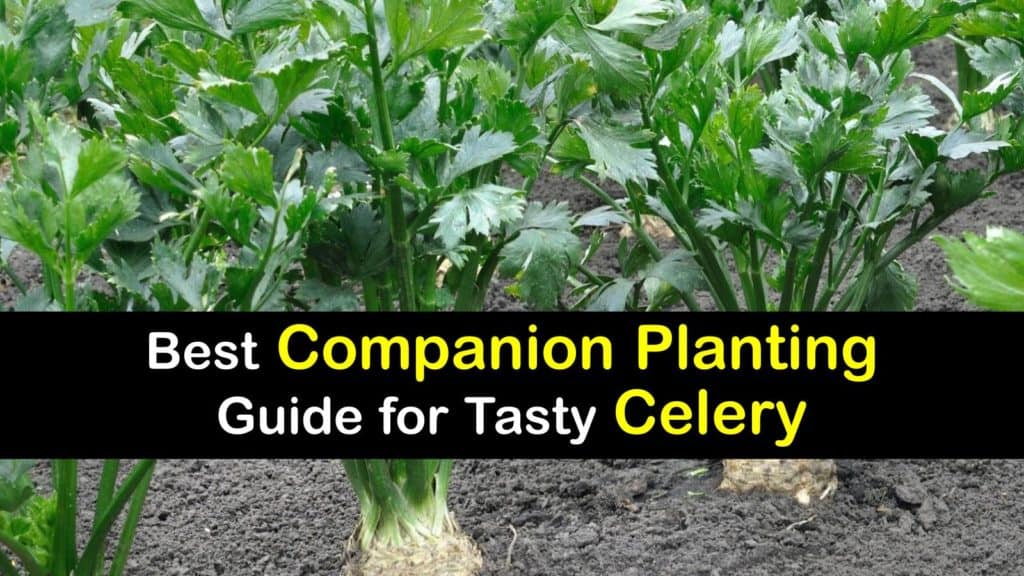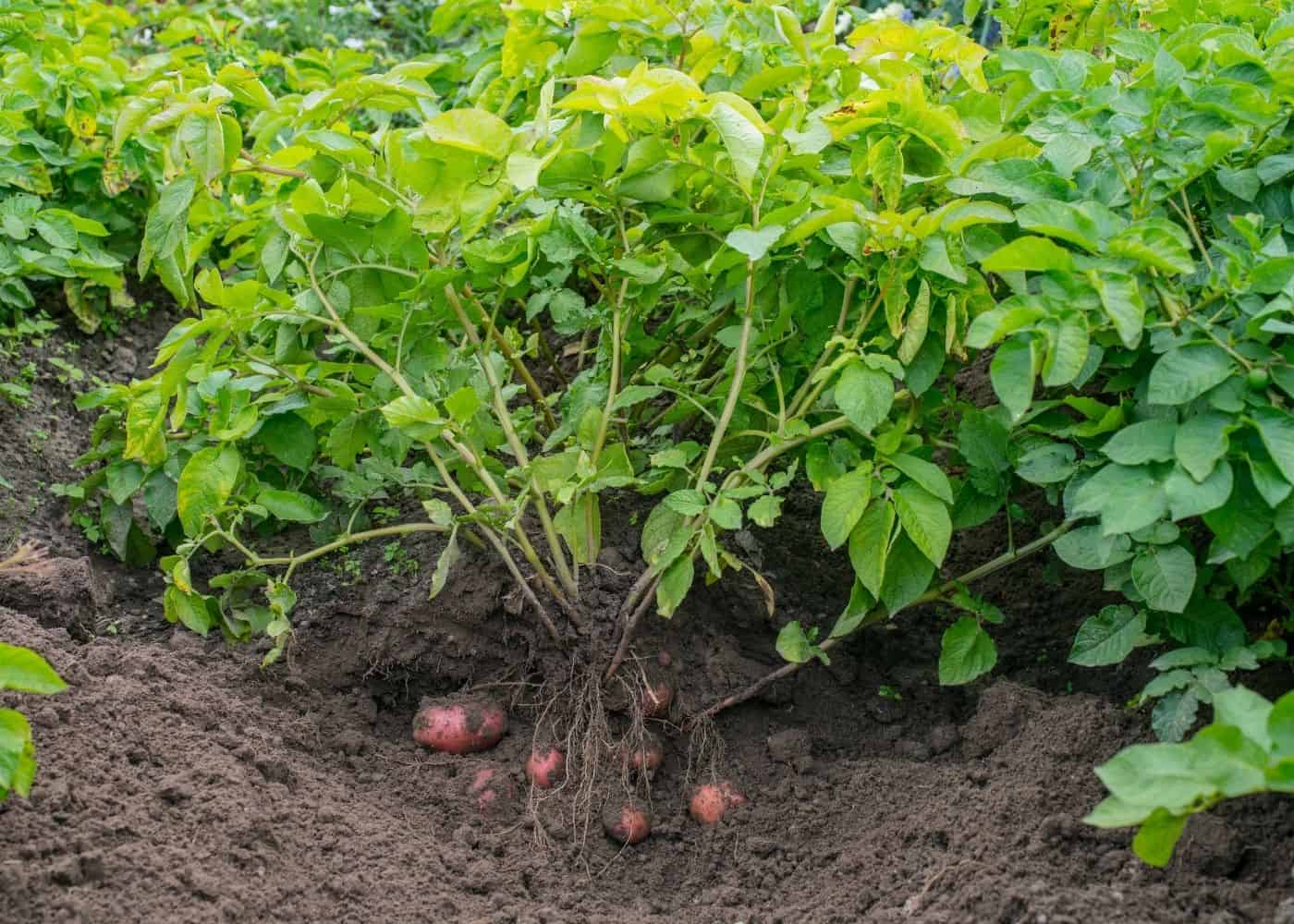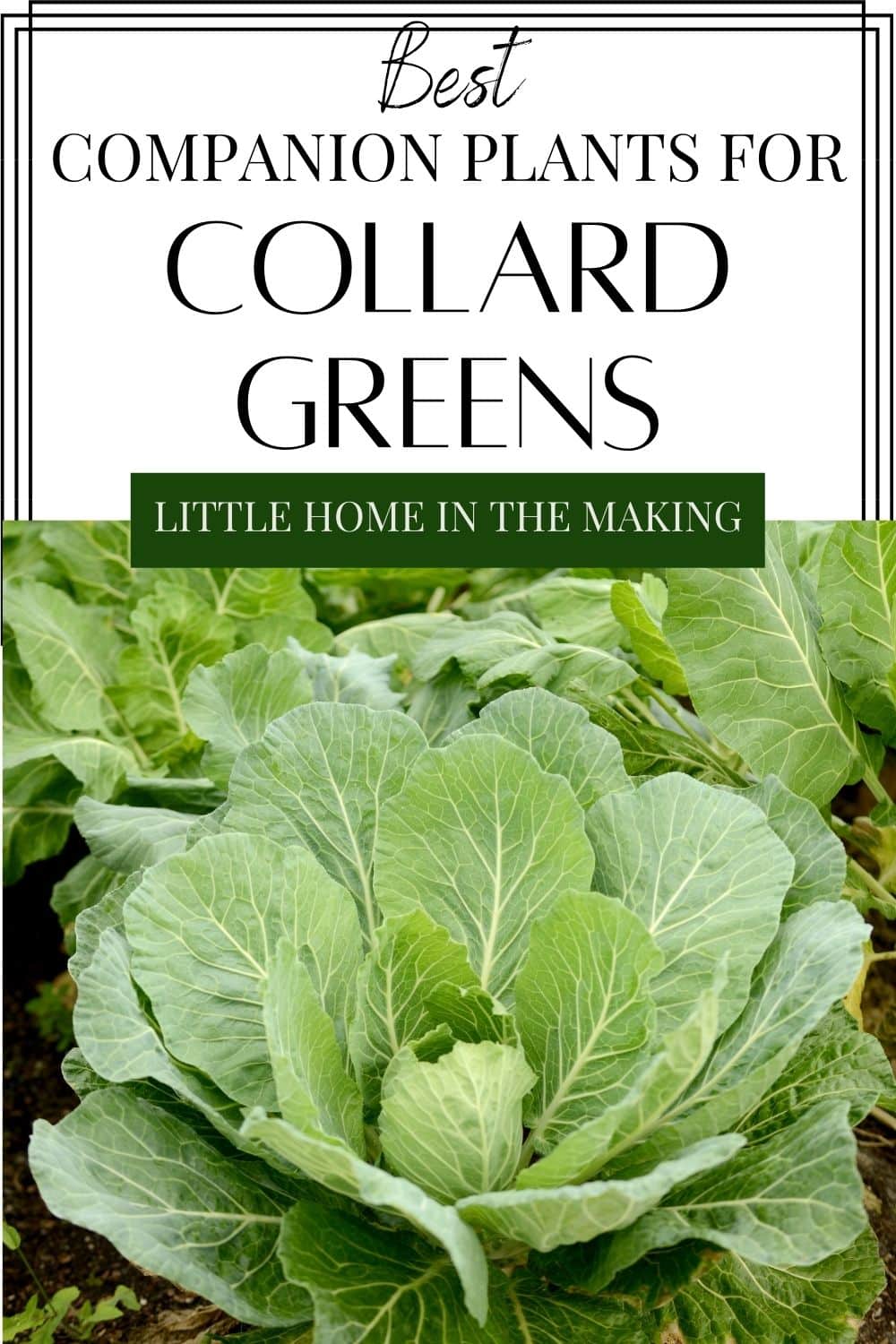Plants That Make Great Companion Plants For Kale And Collards
Plants That Make Great Companion Plants for Kale and Collards
Kale and collards are two popular leafy greens that are packed with nutrients. They are also relatively easy to grow, making them a great choice for home gardeners. However, there are a few things to keep in mind when planting kale and collards, one of which is companion planting.
Companion planting is the practice of planting certain plants together in order to benefit each other. Some plants can help to attract beneficial insects, deter pests, or improve the soil quality. When companion planting kale and collards, there are a few key things to look for.
Plants That Deter Pests
Kale and collards are susceptible to a number of pests, including aphids, cabbage loopers, and flea beetles. Planting companion plants that deter these pests can help to protect your kale and collards from damage. Some good choices include:
- Alliums: Alliums, such as garlic, onions, and chives, have a strong odor that can repel pests.
- Marigolds: Marigolds release a chemical that deters nematodes, which are microscopic worms that can damage plant roots.
- Nasturtiums: Nasturtiums attract beneficial insects, such as ladybugs and lacewings, which prey on pests.
- Sweet alyssum: Sweet alyssum attracts hoverflies, which are another type of beneficial insect that eats aphids.
- Calendula: Calendula has a strong scent that can repel pests. It also produces a chemical that can help to protect plants from fungal diseases.
Plants That Improve Soil Quality
Kale and collards need nutrient-rich soil in order to thrive. Planting companion plants that improve soil quality can help to give your kale and collards a boost. Some good choices include:
- Legumes: Legumes, such as beans and peas, fix nitrogen in the soil, which is a nutrient that kale and collards need.
- Cucumbers: Cucumbers release a chemical that helps to suppress weeds.
- Spinach: Spinach helps to break down compacted soil, making it easier for kale and collards to root.
- Potatoes: Potatoes release a chemical that helps to repel nematodes.
- Carrots: Carrots help to improve the drainage of soil, which can help to prevent kale and collards from developing root rot.
Plants That Attract Beneficial Insects
In addition to deterring pests, you can also attract beneficial insects to your garden by planting companion plants that they like. Beneficial insects, such as ladybugs, lacewings, and hoverflies, prey on pests, helping to keep your kale and collards healthy. Some good choices include:
- Chamomile: Chamomile attracts ladybugs and lacewings.
- Dill: Dill attracts ladybugs, lacewings, and hoverflies.
- Fennel: Fennel attracts beneficial insects, such as parasitic wasps and hoverflies.
- Mint: Mint attracts hoverflies and bees.
- Rosemary: Rosemary attracts ladybugs and lacewings.
Conclusion
By planting companion plants with your kale and collards, you can help to protect them from pests, improve soil quality, and attract beneficial insects. This can lead to healthier plants and a more successful harvest.
Kale and collard greens are two of the most popular leafy greens, and for good reason. They're packed with nutrients, versatile in the kitchen, and easy to grow. But did you know that there are certain plants that can help kale and collards thrive?
That's where companion planting comes in. Companion planting is the practice of planting certain plants together in order to benefit each other. For example, some companion plants for kale and collards include:
- Alliums: Alliums, such as garlic, onions, and chives, can help to repel pests that target kale and collards, such as aphids and cabbage worms.
- Marigolds: Marigolds are another great companion plant for kale and collards. They help to attract beneficial insects, such as ladybugs and lacewings, which prey on pests.
- Catnip: Catnip is not only a favorite of cats, but it can also help to deter pests from kale and collards. It also attracts pollinators, which can help to improve the plants' yields.
- Cilantro: Cilantro is a fragrant herb that can help to repel pests from kale and collards. It also attracts beneficial insects, such as hoverflies, which prey on pests.
If you're interested in learning more about companion planting for kale and collards, I recommend visiting Gardenia Inspiration. This website has a wealth of information on the topic, including a list of specific plants that can be grown together.
FAQ of companion plants for kale and collards
- What are some good companion plants for kale and collards?
Some good companion plants for kale and collards include:
- Alliums: Alliums, such as garlic, onions, and chives, can help to deter pests that commonly attack kale and collards, such as aphids, cabbage loopers, and flea beetles.
- Marigolds: Marigolds are another good companion plant for kale and collards. They can help to repel pests and attract beneficial insects, such as ladybugs and lacewings, which prey on pests.
- Herbs: Many herbs, such as basil, dill, and mint, can also be good companion plants for kale and collards. They can help to improve the flavor of the greens and attract beneficial insects.
- Cucumbers: Cucumbers can also be good companion plants for kale and collards. They can help to suppress weeds and attract beneficial insects.
- Potatoes: Potatoes can also be good companion plants for kale and collards. They can help to improve the soil quality and deter pests.
- Can kale and collards be planted together?
No, kale and collards should not be planted together. They are both members of the Brassica family and have similar nutrient requirements. Planting them together can lead to competition for resources and poor growth.
- What are some good spacing recommendations for kale and collards?
Kale and collards need plenty of space to grow. They should be spaced at least 12 inches apart, if not more. This will allow them to develop properly and prevent them from competing for resources.
- What are some common pests that attack kale and collards?
Some common pests that attack kale and collards include:
- Aphids: Aphids are small, soft-bodied insects that can suck the sap out of plants. They can cause leaves to wilt and discolor.
- Cabbage loopers: Cabbage loopers are caterpillars that can chew holes in leaves. They can also leave behind silken trails.
- Flea beetles: Flea beetles are small, jumping insects that can damage leaves. They can cause leaves to appear speckled or pitted.
- How can I control pests on kale and collards?
There are a number of ways to control pests on kale and collards. Some of these methods include:
- Hand-picking: Hand-picking pests is an effective way to control small infestations.
- Using insecticidal soap: Insecticidal soap is a non-toxic option for controlling pests. It works by breaking down the insect's exoskeleton.
- Using neem oil: Neem oil is another non-toxic option for controlling pests. It works by disrupting the insect's hormones.
- Using row covers: Row covers can be used to protect plants from pests. They should be placed over the plants before the pests arrive.
Image of companion plants for kale and collards
- Celery. Celery is a good companion plant for kale and collards because it helps to repel pests. It also helps to improve the flavor of the greens.

- Onions. Onions are another good companion plant for kale and collards. They help to repel pests and improve the flavor of the greens.
- Potatoes. Potatoes are a good companion plant for kale and collards because they help to improve the soil drainage. They also help to suppress weeds.

- Dill. Dill is a good companion plant for kale and collards because it helps to repel pests and attract pollinators.

- Chamomile. Chamomile is a good companion plant for kale and collards because it helps to repel pests and improve the flavor of the greens.

Post a Comment for " Plants That Make Great Companion Plants For Kale And Collards"